Deakin University SIT281 Trimester 2 Cryptography Assignment Solution
VerifiedAdded on 2022/11/13
|6
|784
|146
Homework Assignment
AI Summary
This document presents a solved cryptography assignment, addressing several key concepts. The solution includes the application of affine ciphers, linear feedback shift registers (LFSR), and the extended Euclidean algorithm to find the greatest common divisor (GCD). It also covers the application of Fermat's theorem. The assignment demonstrates the student's ability to solve problems related to cryptographic principles, including calculations and explanations. The document offers a comprehensive breakdown of each question, along with references to relevant literature, providing a solid foundation for understanding cryptographic concepts. The assignment is designed for a course at Deakin University, SIT281, and is suitable for students studying cryptography.
1 out of 6

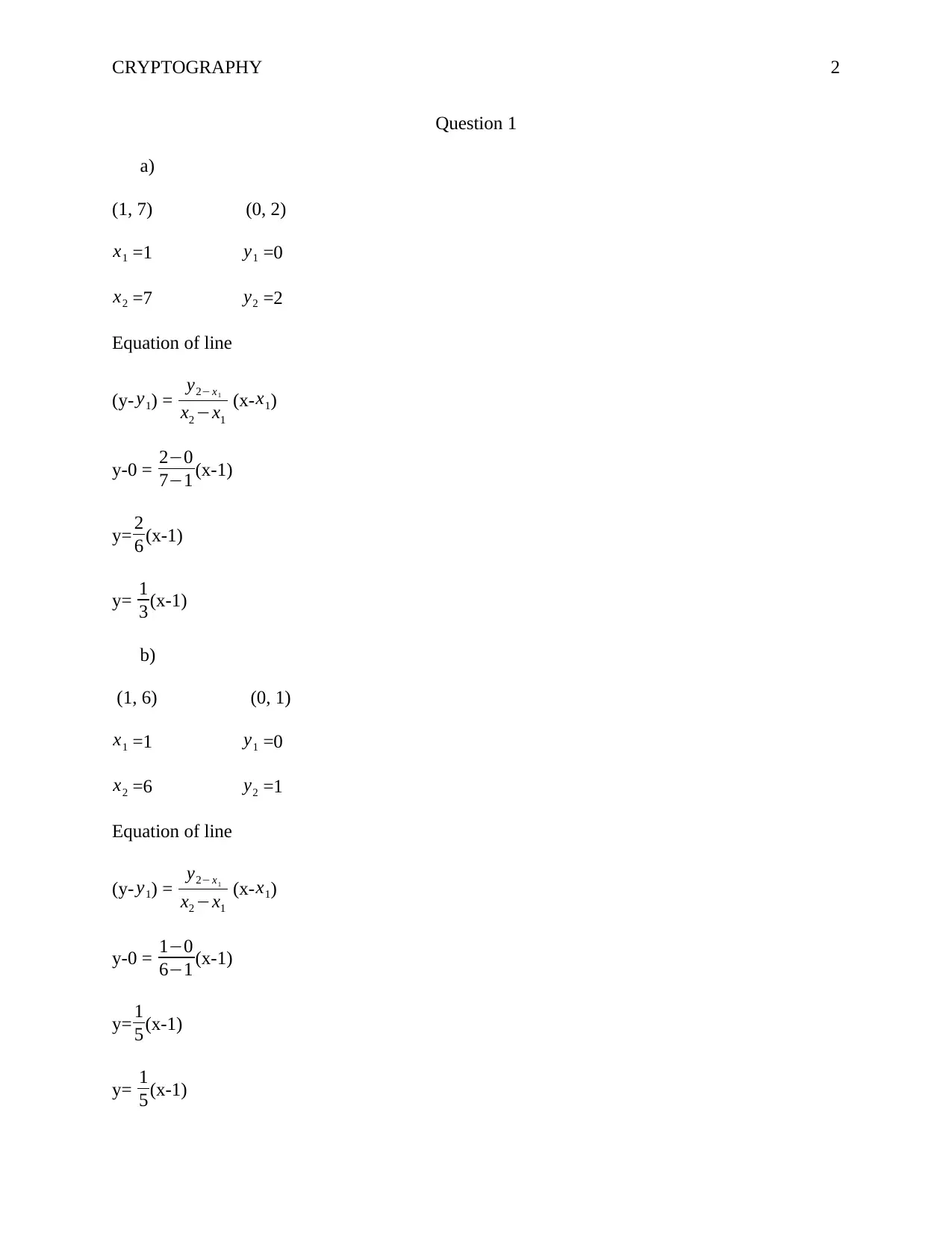
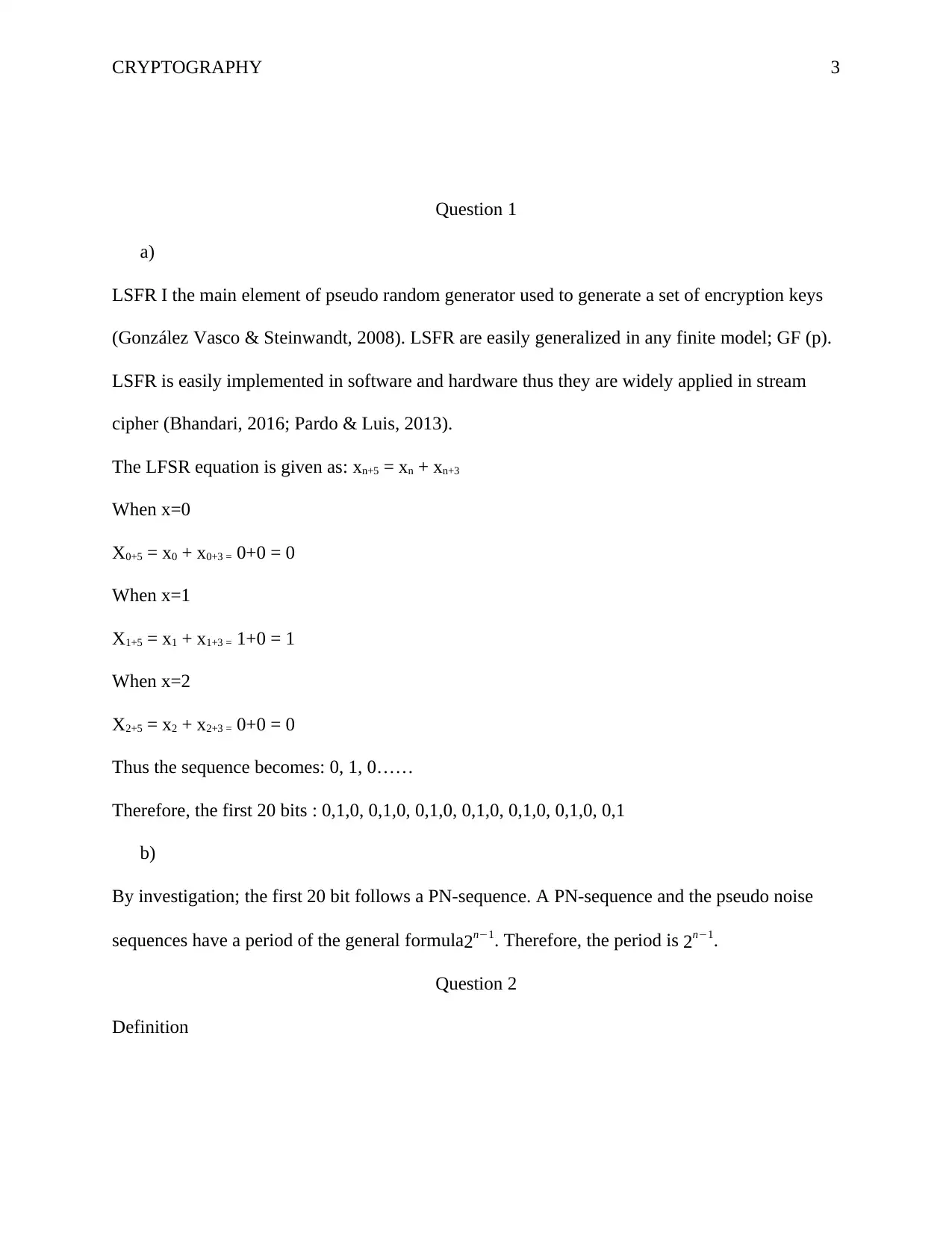

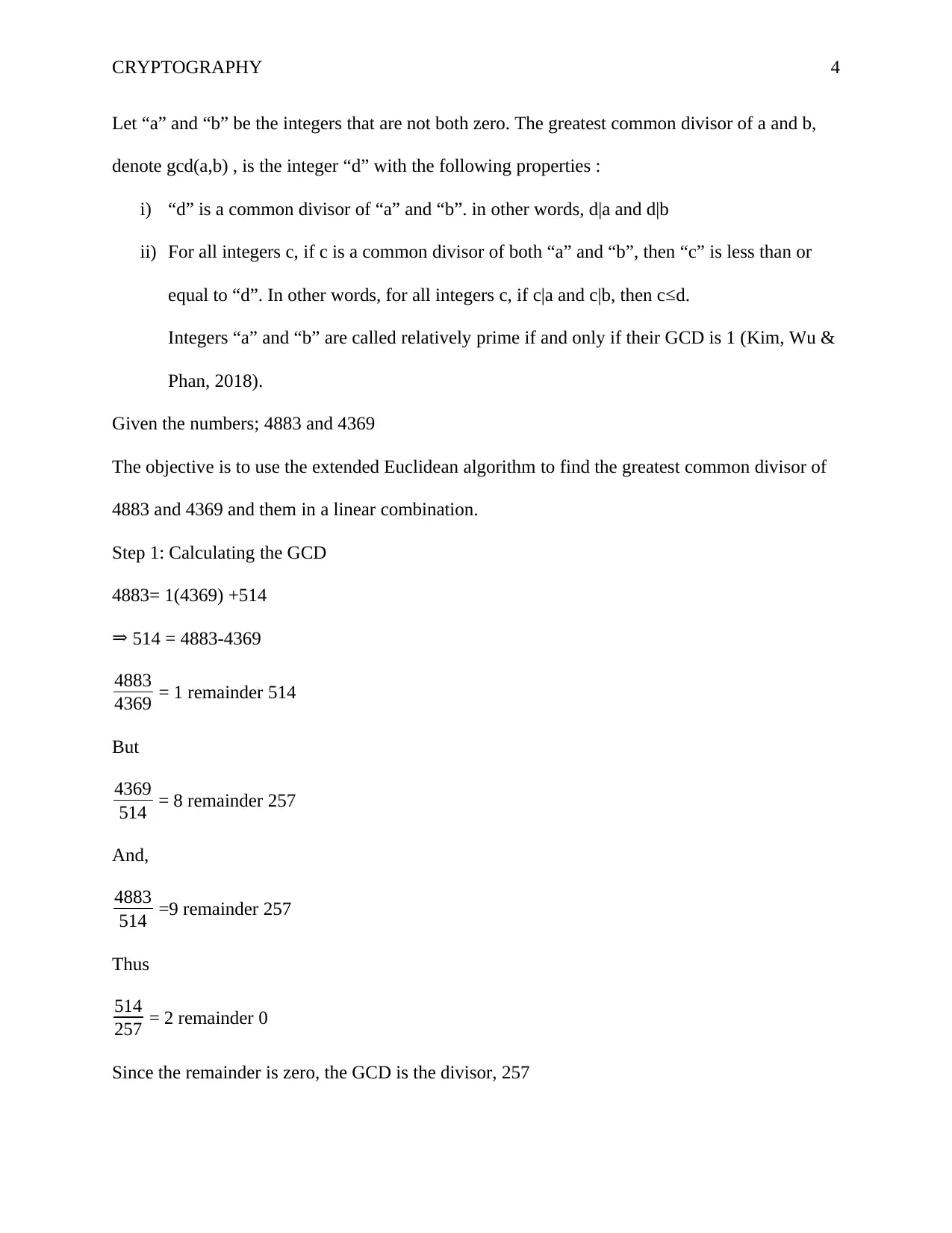
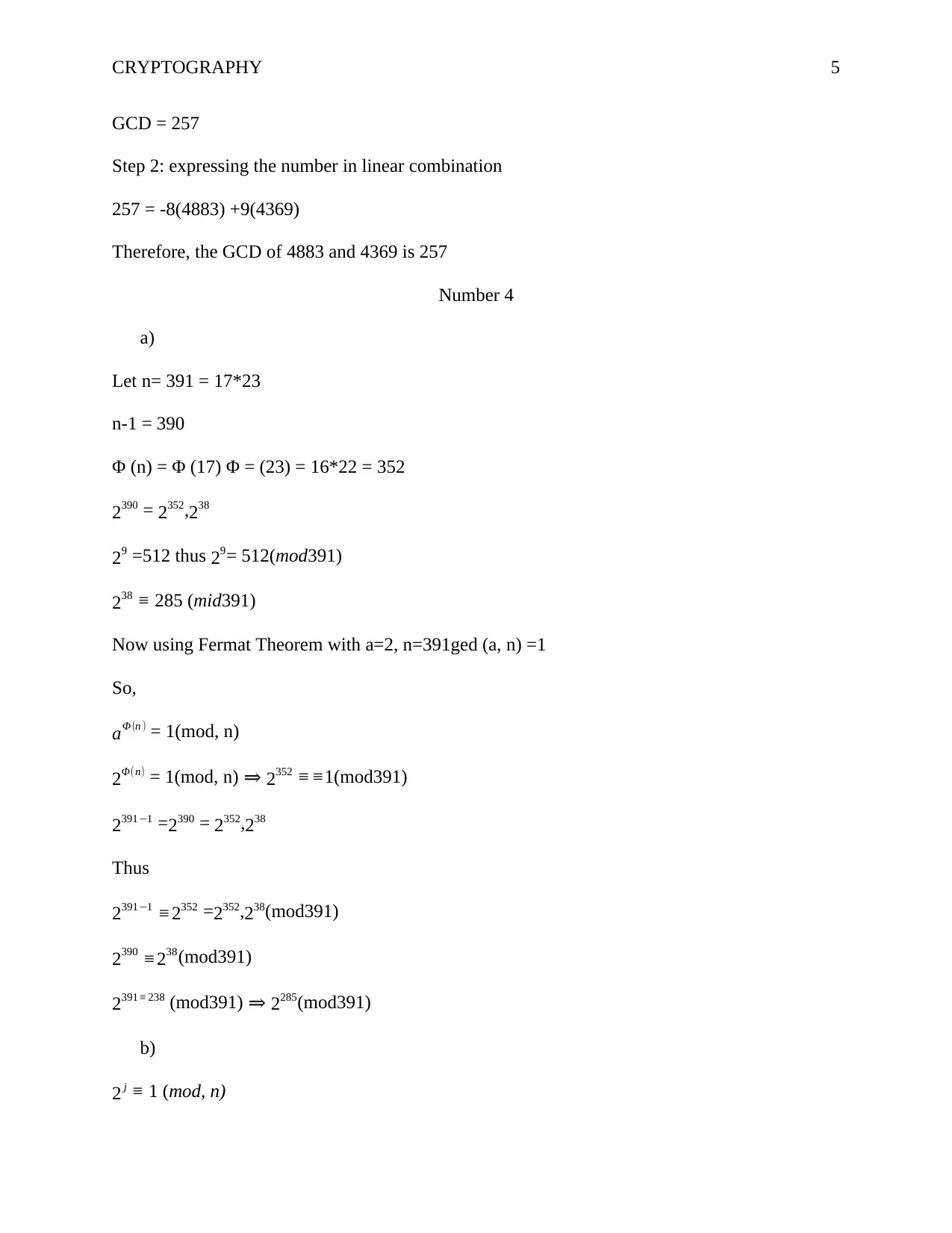
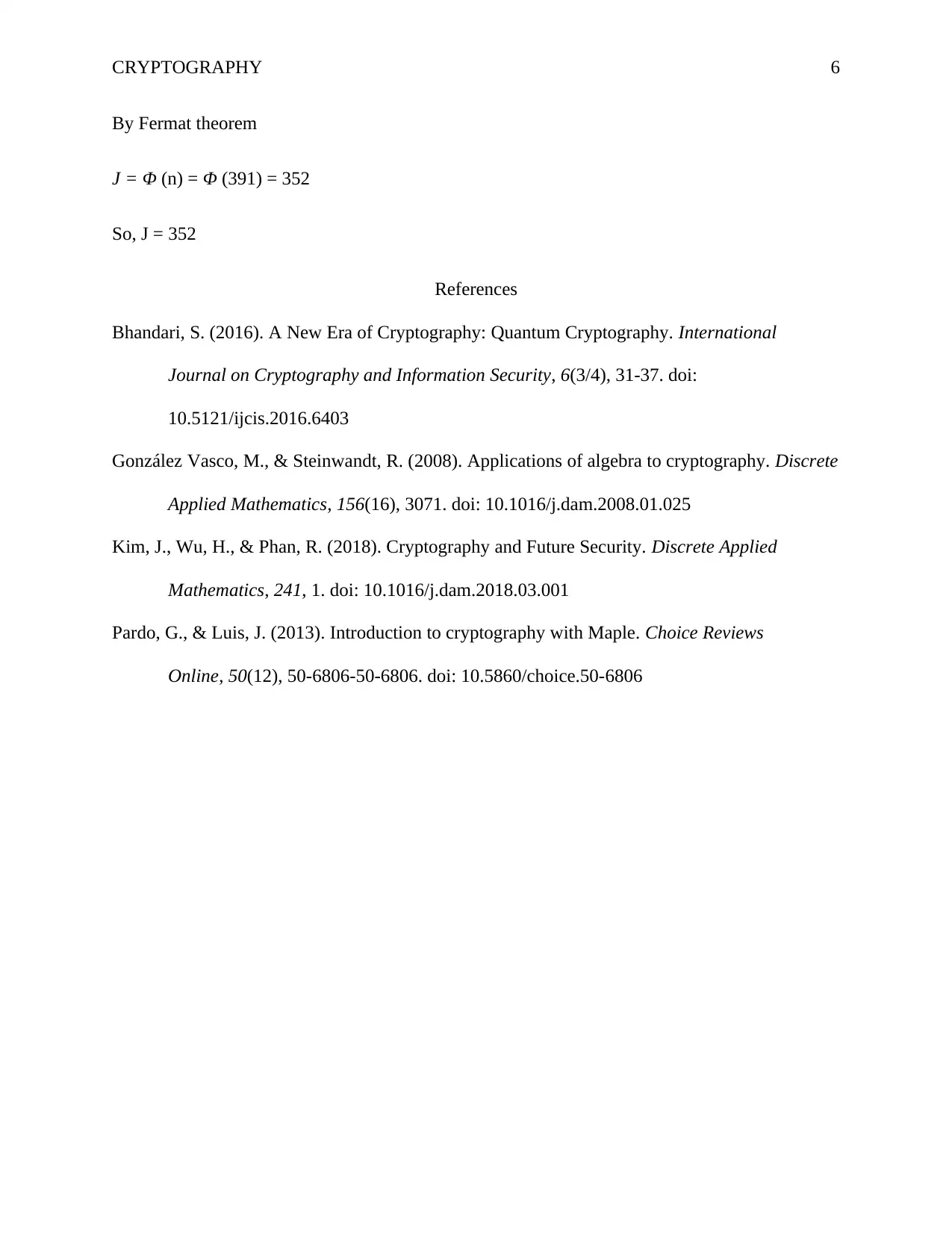



![[object Object]](/_next/static/media/star-bottom.7253800d.svg)